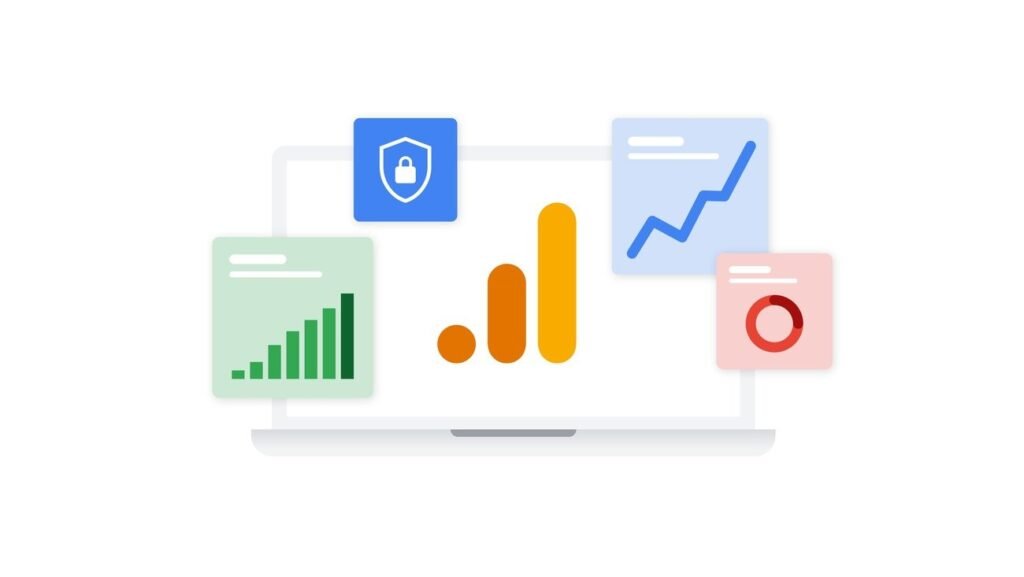In the digital era, photographers face fierce competition online. A beautiful portfolio is vital, but without effective search engine optimization (SEO), your website might remain invisible to potential clients. SEO for photographers is about optimizing your online presence so you can be easily discovered by people searching for your services. This comprehensive guide walks you through everything you need to know to boost your visibility, attract more visitors, and convert clicks into bookings.
Why SEO Matters for Photographers
Photography is a visually driven profession, yet search engines primarily index text content. This creates a unique challenge: how to marry stunning images with strong SEO practices. SEO allows your site to rank higher on Google and other search engines, driving organic traffic — visitors who are actively looking for photography services in your niche.
Without SEO, even the best photos can remain unseen, limiting your business growth. By focusing on targeted keywords and website optimization, you can reach your ideal clients at the moment they’re searching.
Identifying Your Ideal Audience and Keywords

Successful SEO starts with understanding your audience. Ask yourself:
- Who are my typical clients? (e.g., brides, families, businesses)
- What services do I offer? (e.g., wedding, portrait, commercial photography)
- What words do potential clients use when searching?
Use keyword research tools like Google Keyword Planner, Ahrefs, or SEMrush to find relevant terms. Start with broad keywords and narrow down to more specific, “long-tail” keywords which often convert better. For example:
- Wedding photographer NYC
- Affordable portrait photography near me
- Professional event photographer
- Outdoor family photography tips
Incorporate related phrases (LSI keywords) to help Google understand your content better, such as “best photography packages,” “NYC photo studio,” and “professional headshots.”
On-Page SEO: Optimizing Your Website Content

Use Clear and Keyword-Rich Titles and Headers
Every page should have a unique title tag including your main keywords. For instance, your homepage could be titled “Top Wedding Photographer in NYC | Professional Portraits.” Use header tags (H1, H2, H3) to structure your content and include keywords where appropriate.
Craft Compelling Meta Descriptions
Meta descriptions appear under your page title in search results. Write engaging summaries with relevant keywords to improve click-through rates. For example:
“Looking for a professional wedding photographer in NYC? Capture your special moments with our affordable and creative photography packages.”
Optimize Image Alt Text and File Names
Since photos dominate your site, optimizing images is critical. Use descriptive alt text that reflects the image and includes keywords naturally. Rename image files to descriptive names instead of generic ones like “IMG_1234.jpg.” For example, “NYC-wedding-photographer-bride-groom.jpg.”
Content-Rich Blog Posts
Maintain a blog with helpful articles addressing client questions and photography tips. Blog topics might include:
- “How to Prepare for Your Wedding Photography Session”
- “Top 5 Outdoor Locations for Family Photos in NYC”
- “Choosing the Right Photography Package for Your Event”
This strategy lets you target more keywords and establish authority in your niche.
What is Technical SEO?

Technical SEO refers to the behind-the-scenes optimizations on your website that help search engines crawl, index, and rank your site effectively. Unlike content SEO, which focuses on keywords and copy, technical SEO ensures your website structure, speed, security, and usability meet search engine requirements. It lays the foundation for all other SEO efforts, making sure your website performs well both for users and search engines.
Technical SEO Essentials and the Importance of an SEO Audit
Technical SEO ensures your website performs well behind the scenes, improving search engine crawling and user experience.
Mobile-Friendly and Responsive Design
More than half of all internet traffic comes from mobile devices. Google prioritizes mobile-first indexing, so your website must look and function perfectly on smartphones and tablets.
Fast Page Load Speed
Large image files can slow down your website, frustrating visitors and harming your rankings. Compress images without losing quality, use caching, and minimize unnecessary code.
Secure Website (HTTPS)
An SSL certificate protects your visitors’ data and enhances trust. Google also favors secure websites in rankings.
Structured Data Markup
Using schema markup helps search engines understand your business type, services, and location. This can improve how your site appears in search results with rich snippets.
Conducting Regular SEO Audits
A thorough SEO audit is essential to keep your website healthy and competitive. Audits evaluate your site’s performance, technical health, and content effectiveness. They uncover problems like broken links, duplicate content, missing alt tags, slow loading pages, or unoptimized metadata.
If you’re unsure how to perform an SEO audit or want expert guidance, it’s beneficial to Choose the Best SEO Agency in NYC to conduct detailed SEO audits tailored to your photography business.
Leveraging Local SEO to Attract Nearby Clients

Most photography clients prefer hiring local professionals. Local SEO focuses on improving your visibility for location-based searches.
Optimize Your Google My Business Listing
Claim and fully complete your Google My Business (GMB) profile. Include your business name, address, phone number, business hours, website link, and high-quality photos. Regularly update posts and respond to client reviews.
Build Local Citations and Listings
Ensure your business is listed consistently across local directories, industry platforms, and social sites like Yelp, Thumbtack, or WeddingWire. Consistent NAP (Name, Address, Phone number) information across listings is crucial.
Encourage Customer Reviews
Positive client reviews improve your credibility and local search rankings. After a successful shoot, politely ask clients to leave reviews on Google and other relevant sites.
Use Location-Specific Keywords
Integrate city or neighborhood names naturally into your website copy, titles, meta descriptions, and blog posts, such as “Brooklyn family photographer” or “Queens event photography.”
Building Authority and Backlinks for Your Photography Website

Backlinks — links from other websites to yours — are a major SEO ranking factor. Gain backlinks by:
- Guest posting on photography or local business blogs
- Collaborating with wedding planners or event venues who can link to your site
- Sharing your work on social media and photography forums with links back to your portfolio
- Creating shareable content like guides, checklists, or videos
Monitoring Your SEO Progress and Adapting Your Strategy

SEO is not a one-time setup. Use tools like Google Analytics and Google Search Console to track:
- Website traffic sources
- Keyword rankings
- User engagement metrics (bounce rate, session duration)
- Conversion rates (inquiries, bookings)
Based on this data, refine your content and SEO tactics. Regular SEO audits can identify new technical issues or optimization opportunities, keeping your site competitive in evolving search algorithms.
Final Thoughts
Implementing SEO for photographers is a continuous journey that combines creativity with strategic optimization. By identifying the right keywords, optimizing on-page and technical elements, leveraging local SEO, and building backlinks, you can significantly increase your website’s visibility and attract more clients.
Remember, if you want to take your SEO efforts further with professional insights, Choose the Best SEO Agency in NYC for expert SEO audits and tailored strategies designed to grow your photography business.




